Each year brings with it new elements and styles in website design. While some elements help explain your company, others improve how content looks on specific devices. Although it is not necessary to include every new trend that arises on your website, many have the potential to improve user experience. With so many options to choose from, it can also become a grueling task to determine which are really worth considering. This article focuses on the top elements of modern web design that should be incorporated into your website.
-
Unique and Large Typography
Until recently, a web designer’s choice of fonts was restricted to a small group of web safe fonts. Typography plays an important role in balancing the overall look of the website theme. This makes selecting the font-face a crucial part of the website design process because it will not only represent the website’s vision, but also affect the user’s mood. Designers now have a larger selection of Google Fonts to choose from, making it easier for brands to accurately express themselves through typography. Non web approved fonts may weigh down your website, which in turn is bad for Search Engine Optimization.
Many businesses have a specific font or typography they use to help consumers identify them. When developing your business brand, your selected typography can indicate subtle hints about who you are ranging from fun or serious, functional or information. Regardless, ensure that the design is applicable across devices.
-
Background Videos
Videos that automatically play in the background can be used to tell a story and reduce the amount of other content needed to explain your business. They focus on enticing the visitors as soon as they land on your page. Additionally, video is processed in our brains 60,000 times faster than text and appears effortless. With connection speeds increasing and mobile device sizes growing, there’s no better time to explore background videos than now.
-
Hamburger Menus
Most websites that you browse have a long menu of options to choose from. The advantage is that the menu can take visitors directly to where they want to go. However, they tend to take up a lot of valuable screen space. The hidden hamburger menu changes this as it removes a busy navigation and improves the likelihood that the user will find the information they need to complete their desired action.
-
Short Feature Videos
Along with background videos, businesses are beginning to use short feature videos to highlight their products or services. Short videos allow for your consumer to quickly understand the value of your business without watching a long, in-depth experience. While both have value, shorter videos allow for quick understanding and are more likely to draw in potential prospects.
—
Within the everchanging webscape, new trends are always emerging for website design that are useful to incorporate into your own. However, don’t get overwhelmed trying to bring every element to light. Choose the trends that align most with your vision and apply them. IndiaWebmediaPro Technologies is committed to designing award-winning websites for desktop, tablet, and mobile devices. With a focus on creating simple, beautiful, and intuitive sites, we can significantly enhance your brand. Contact us today for a free consultation!





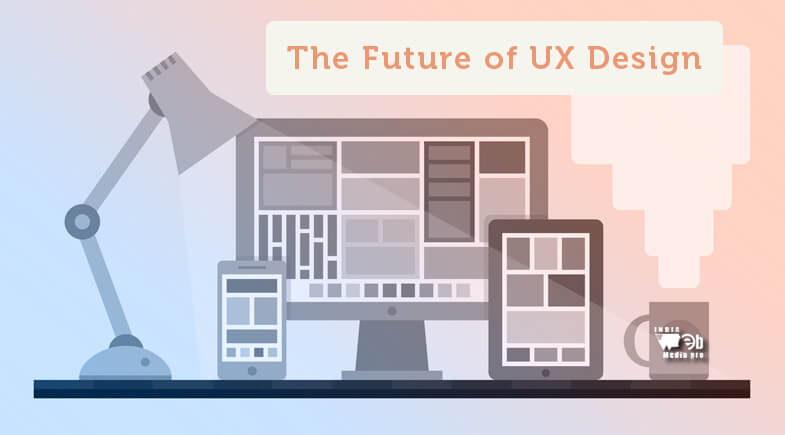
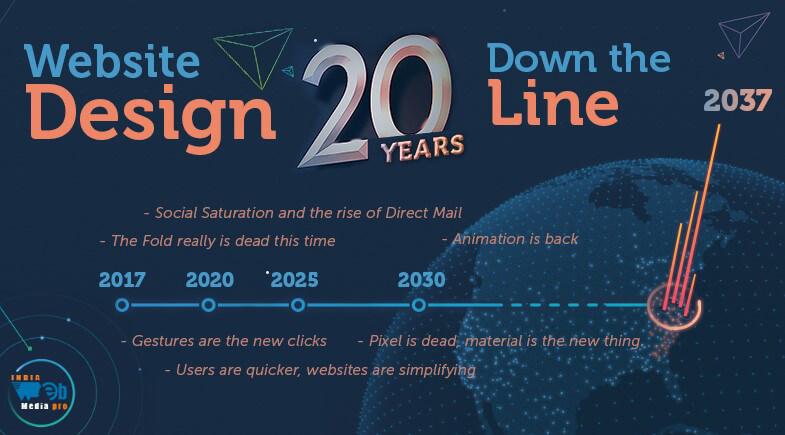

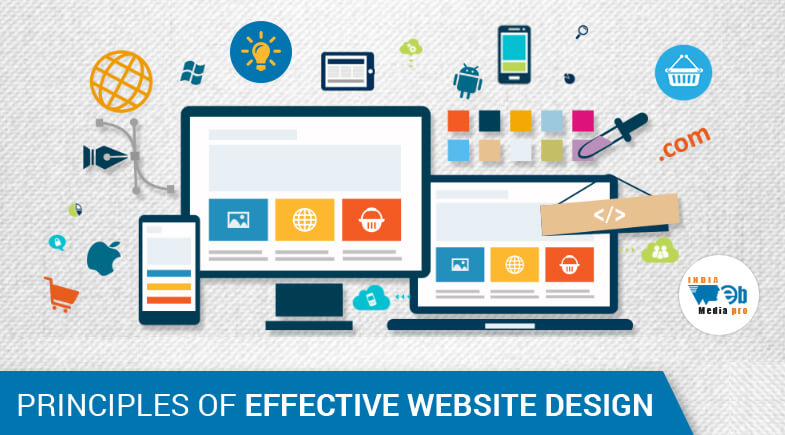
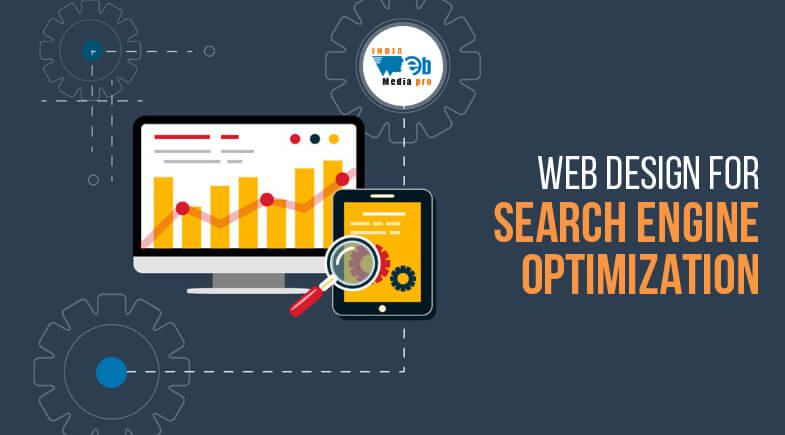
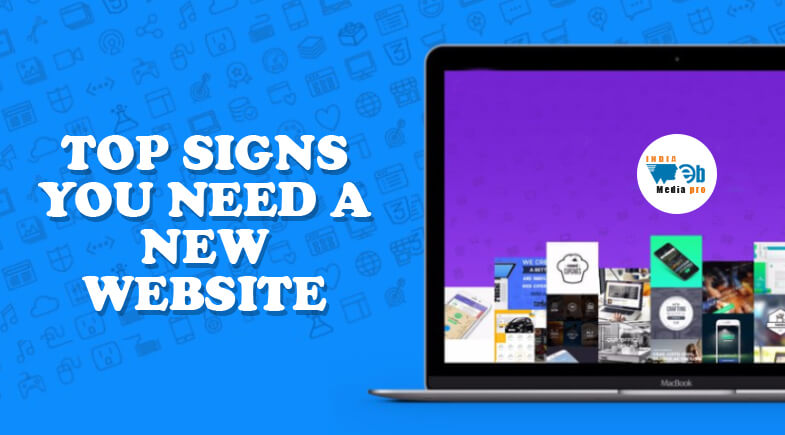

4978
609
Follow
SUBCRIBE
102
127